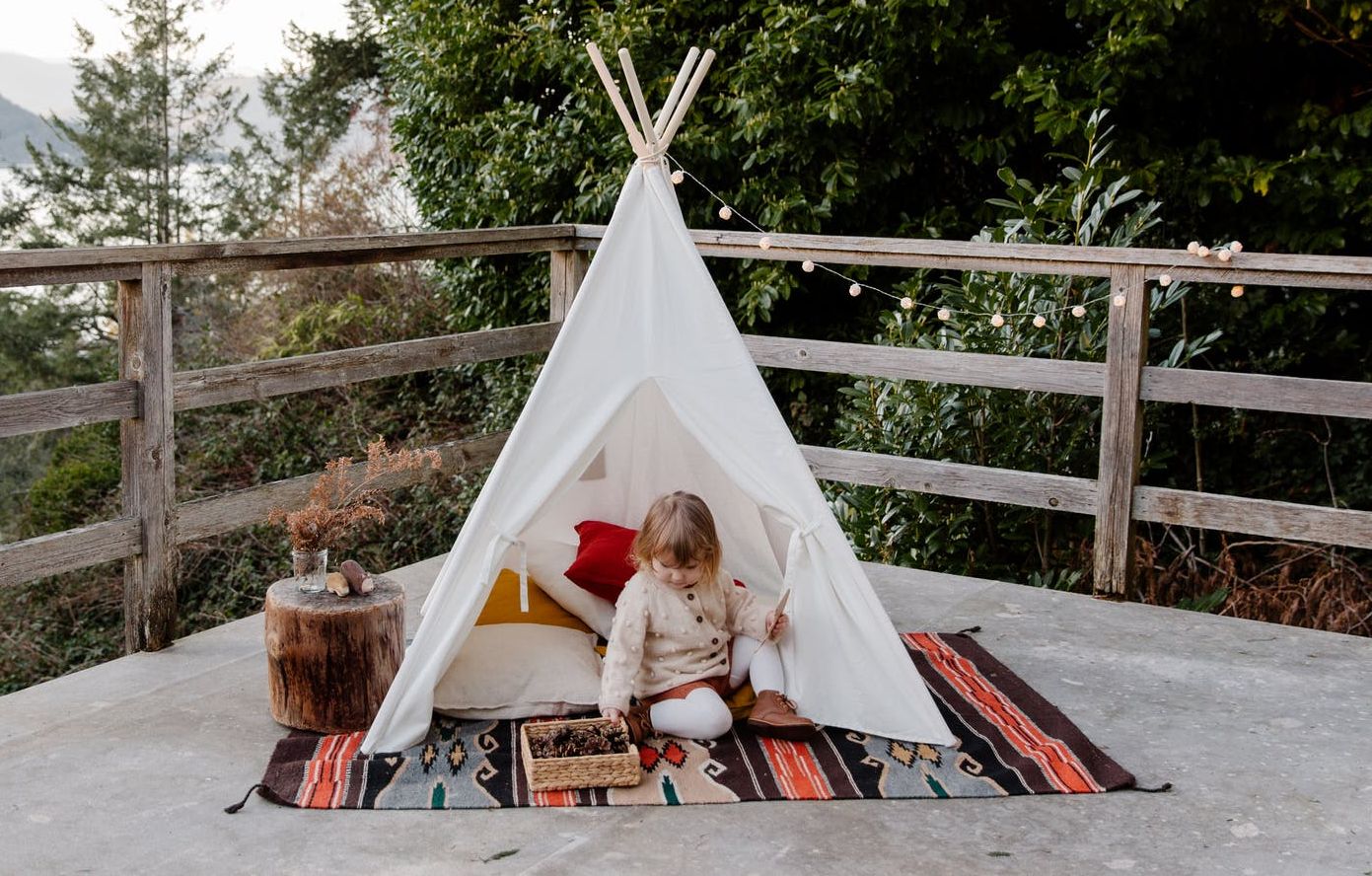PARENT RESOURCES
While Kids Ministry is now having Sunday morning activities at the church, we understand that there are some families who are not able to join us in-person. We want to stay connected to our families and continue discipling all our kids, regardless of whether they are here at The Heights or at home.
Each week, those of you joining us online can watch Kids Ministry live on our FACEBOOK PAGE Sundays at 9:30 AM. During this Livestream, kids will have the opportunity to worship and listen to Bible lessons from our wonderful staff and volunteers. We will also continue to have our Bible Review Activities and GodTime Devotionals posted to our blog as well as the church app.



Does the start of the school year look different than it did last year? Maybe you are at a brand new school this year; maybe just changed schools and your child doesn’t know anyone in their class yet, or maybe, you, like a lot of other families, are starting school from home this year. When you think about it, any of those things may make your child nervous or worried. Or there could be many other things that might be worrying your child. Anxiety in children is quite common! The good news is that God says we don’t have to feel that way. When faced with worry, the Apostle Paul tells us, “Do not be anxious about anything, but in every situation, by prayer and petition, with thanksgiving, present your requests to God. And the peace of God, which transcends all understanding, will guard your hearts and your minds in Christ Jesus.” (Phillippians 4:6-8). Isn’t that awesome that God promises us that He hears us and gives us peace when we’re scared and worried?!
Sometimes, easing your child’s fears will be as easy as a quick prayer and positive reassurance from mom or dad. However, sometimes it takes a little more. Keep reading for more tips and tricks on easing anxiety in children.
Deep Breathing Exercises

When we are anxious or worried, our bodies go into fight or flight mode. We think we are in danger when really we are not. Our bodies are physically affected. You might notice your breathing becomes faster and more shallow, your muscles tense up, and your heart rate increases. When this happens, less oxygen is getting to your brain, making it difficult to think clearly.
Taking deep breaths brings oxygen back to your brain and helps your body reduce stress and anxiety, lowers blood pressure and heart rate, and improves focus and concentration! What great benefits to what seems like such a simple task!
There are lots of fun ways to promote deep breathing for kids. You can use bubbles, feathers, or pinwheels to practice deep breathing. There are also several techniques you can use with your child that will make deep breathing easy and fun.
1. Belly Breathing
Calm breathing involves taking slow and controlled breaths, called “belly breathing”.
- Inhale slowly for 4 seconds through the nose.
- Ask your child to pretend they are blowing up a balloon inside their belly. They should be able to feel their belly inflate.
- Pause for 2 seconds, and then slowly exhale through the mouth.
- Ask your child to pretend that he or she is emptying the balloon of air, they should feel their belly deflate.
- Pause for 2 seconds, and then repeat.
2. Square Breathing
Trace the shape with your finger as you breathe.
- Trace the edge of the square and slowly count, 1, 2, 3, 4
- Pause
- On the exhale trace the other side of the square, exhale 1, 2, 3, 4
- Pause
- Repeat on for the next half of the square.
3. Shoulder Roll Breathing
Using yoga poses as you breathe.
- Take a deep breath in through your nose and relax your entire body.
- Now roll your shoulders up to your ears as you inhale deeply for a count of 3.
- Breathe out through your mouth and roll your shoulders down and back (as far away from your ears as you can get) as you exhale for a count of 4.
- Repeat slowly in a continuous movement of shoulder rolls, while breathing in and out.
Create a Calm Down Safe Space

A calm down area is a safe space for kids to go when they need help self-regulating or calming their bodies and emotions. It is meant to be a place for them to relax, recharge, or even release their pent-up anger or frustration.
- Find a quiet spot in your house and make it cozy. This would be a fun task your child can help with - they can place a favorite blanket, pillow, or stuffed animal in their safe space.
- Add calming tools like items that will distract your child and help them calm down. Some of our favorites are:
- Coloring pages and colored pencils
- Silly putty
- Stress balls to squeeze
- Joke books
- Activity books (word searches, crosswords, sudoku, mazes)
- Fidget toys
- A calm-down bottle
- Photos of family members or other images that might be calming like a favorite vacation spot.
- Journal and pens.
- Favorite Bible verses
- Explain and practice how to use the space beforehand.
- Give a calm reminder if you notice your child starts to escalate. It’s always best to try and catch a situation early.
Set Up a Worry Time

When you think about your worries a lot, or talk about them over and over, you are only helping your worries grow. If you don’t spend time on them, they will eventually begin to go away. But to say “just stop worrying” is a lot easier said than done! Instead, set aside a dedicated Worry Time to help control the amount of attention you give your worries.
- A parent can set up a certain time each day for Worry Time for their child.
- Time should last about 15 minutes.
- During this time, your child can share with you whatever they are thinking or worrying about.
- There should be no interruptions like TV, phone calls, or other siblings.
- During this time, parents should listen and try to help work through their child’s specific worries with them.
- This is a great time to pray with your child, asking God to take these worries and calm your child’s fears. Remind your child that God is BIGGER than any of our worries!
- The most important rule about Worry Time is there is NO thinking or talking about worries unless its worry time! If a worry comes up and it’s not Worry Time, it’s important to coach your child into “putting those thoughts away” until Worry Time. That might look like mentally locking it away and getting busy with something else. Or, your child can write down their worry and place it in a Worry Jar that can only be opened during Worry Time.
- This might be a very challenging task at first! Your child might need lots of reminders. But after a while, you will find that by the time you get to Worry Time, some of the worries will have gone away on their own!! Over time, you might even find there are no worries to be discussed at all!!!
Write in a Gratitude Journal

A gratitude journal is for thankful thoughts, ideas, reminders of God’s faithful promises, or blessings from the day. Having your child write down positive thoughts and reminders of God’s faithfulness will help redirect their thoughts from worry to gratefulness.
- Purchase a gratitude journal or a journal/notebook you already have at home will work just as well.
- Let your child decorate their journal to make it personal and their own.
- Each day have your child write down three things they are thankful for - a family, a favorite teacher, your pet, starting a good book.
- Entries can be big things in life or just simple joys.
- Do it daily and make it a habit.
- Pray and thank God for His faithfulness and blessings!
Books to Read with Your Child

- Wilma Jean the Worry Machine by Julia Cook
- David and the Worry Beast by Anne Marie Guanci
- What To Do When You Worry Too Much by Dawn Huebner, PhD
- What To Do When You’re Scared and Worried by James J. Crist
- Wemberley Worried by Kevin Henkes
Weekly Challenge
Remember that being anxious or nervous about things is natural for both children and adults. As you work with your child through their worries, don’t be afraid to try different things. There is no “one size fits all” approach to guiding your child through this, and it may take a little bit of trial-and-error to get it right and find out what works best for them.
For this week’s challenge, if you haven’t already, I challenge you to start a Gratitude Journal with your family. You can do this as a family or individually. Carve out time each day to focus on positive things God is doing in your life. I also encourage you to share with your child a time you have felt anxious or worried and how God helped you through it. Your child will see that God is always there with us, in good times and bad.
Published on Aug 16 @ 1:21 PM CDT

